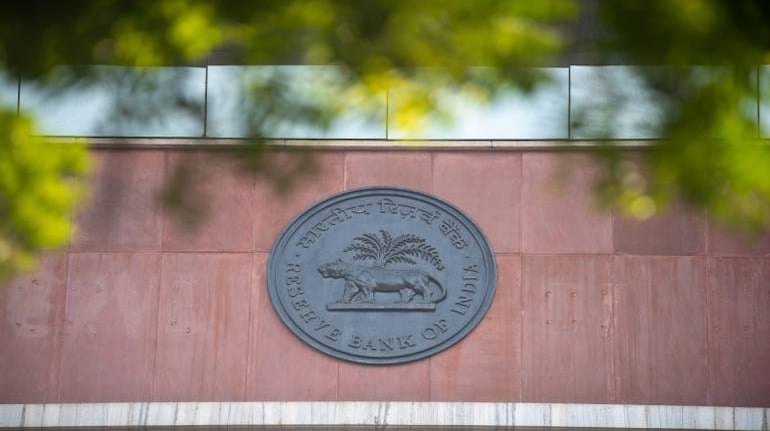



Reserve Bank of India deputy governor M Rajeshwar Rao on October 22 said there was a flood of complaints of harsh recovery methods, fraudulent practices and data privacy against digital lenders, a scathing indictment of an industry that has seen a huge growth in recent years.
While there was no debate on the benefits of digital financial, the business conduct and governance standards of digital lenders had “shaken the trust reposed in digital means of finance in India”, Rao said during CII-NBFC summit on Role of NBFCs in Achieving $5 trillion Economy.
"We were and are inundated with the complaints of harsh recovery practices, breach of data privacy, increasing fraudulent transactions, cybercrime, excessive interest rates and harassment," he said
The comments are significant in the wake of rising instances of digital frauds and complaints of highhandedness during recovery.
As Moneycontrol wrote on August 11 , the digital lending industry has grown by leaps and bounds, both in terms of the number of lenders and the amount disbursed.
According to a report by Inc42 Plus, there are approximately 1,263 digital lending startups. Of these, 147 are venture-backed startups that have invested more than $2.4 billion in venture capital in this space between 2014 and third quarter of 2019-20.
The India FinTech Report 2020 by GoMedici said there are 365 fintechs across consumer lending, SME finance, aggregator and P2P lending as well as other areas.
RBI response
To address customers’ concerns, the central bank on June 24, 2020 came out with a circular reiterating that banks and non-banking finance companies (NBFCs) must adhere to fair practices and outsourcing guidelines. This circular pertained to all loans sourced over proprietary digital platforms or third-party apps.
“Unfortunately, such developments spurred by purely commercial considerations have dented the credibility of the whole system which flourishes and thrives on trust. My task here is that we should not compromise on the ethos of the finance for mercurial or ephemeral gains,” he said.
Innovation good but caution warranted
Saying noting NBFCs had taken the lead in adopting innovative fintech products and services, Rao cautioned that innovation should not be at the cost of prudence.
It should not be designed to cut corners around regulatory, prudential and disclosure requirements, he said.
"Responsible financial innovation should always have customer at its centre and should be aimed at creating positive impact on the financial ecosystem and the society," Rao said.
The deputy governor also touched up the central bank's efforts to tighten NBFC sector regulations.
In January, an RBI discussion paper on regulation of NBFCs proposed tighter regulations and creation of a multilayer model for the industry.
The discussion paper has proposed a multiple layer structure to categorise NBFCs, depending on their size and interconnectedness with the system.
NBFCs in the lower layer will be known as NBFC-Base Layer (NBFC-BL). NBFCs in the middle layer will be known as NBFC-Middle Layer (NBFC-ML). An NBFC in the Upper Layer will be known as NBFC-Upper Layer (NBFC-UL) and will invite a new regulatory superstructure, the RBI has said.
Discover the latest Business News, Sensex, and Nifty updates. Obtain Personal Finance insights, tax queries, and expert opinions on Moneycontrol or download the Moneycontrol App to stay updated!